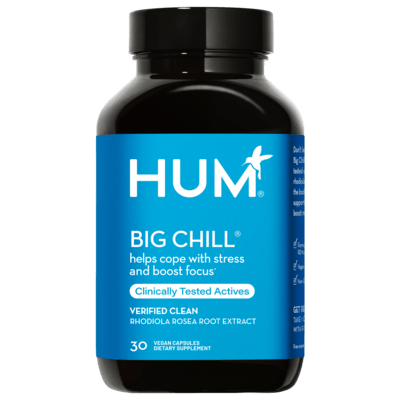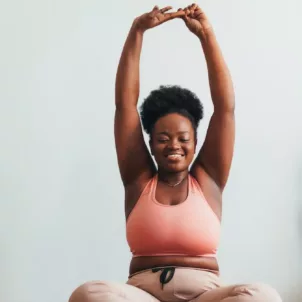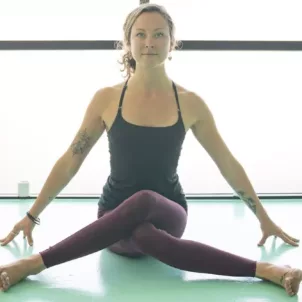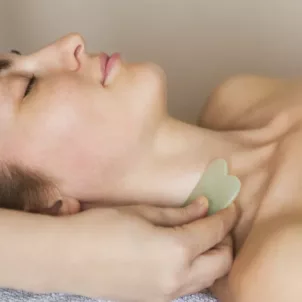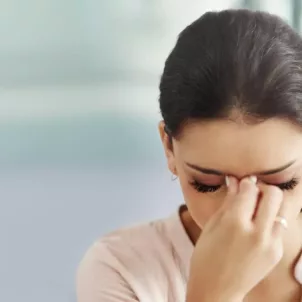Thinking about making your first cupping appointment? First, read seven things to know before your first cupping therapy session, including the purpose of cupping, its benefits, and what it feels like.
It first skyrocketed to popularity right around the 2014 Summer Olympics, so by now, you’re probably familiar with this Chinese healing practice. But the therapy was around long before celebrities began Instagramming their cupping marks. After all, Traditional Chinese Medicine has used the practice for over 2,000 years.
Even if you’ve never tried it, you might have a flood of questions though, like what does cupping feel like? What are the cupping do’s and don’ts? We enlisted some Chinese Medicine experts, including Jerry Briones, MD, LAc, of Unity Holistic in West Hollywood, California, and Christina Burns, LAc, founder of Naturna Institute in New York City to answer all your cupping questions. Read on for everything you need to know about cupping.
How to Prepare for Cupping
Keep reading to learn about the basics of cupping therapy and what you need to know before your first cupping appointment.

1. What Is Cupping?
You can think of cupping as an inverse massage. Think about getting a traditional massage: The practitioner applies pressure to your muscles to relieve tension.
So cupping the fascia (connective tissues in your body) is essentially the opposite. It uses suction from special cups with the purpose of lifting your fascia and your muscles away from your skeletal system. It sounds a bit terrifying, but it actually doesn’t hurt that badly (more on that in a second).
The idea is that this suction helps create healthier fascia. From there, the benefits of cupping kick in, which can include:
- Increased flexibility
- Faster muscle recovery
- Improved blood flow
- Better energy
- Less inflammation
- More relaxation
2. There are Multiple Types of Cupping
The most common types of cupping are fixed and moving treatments, both of which can be used to treat pain, tension, and stiffness.
- Fixed (or stationary) cupping: the practitioner applies and leaves the cups in place for a few minutes. A practitioner might use this type on certain points either to treat severe pain and provide quick relief, or to treat specific inflammatory flare-ups of acne, hives, psoriasis, or eczema, explains Dr. Burns.
- Moving cupping: the practitioner applies oil to your skin before putting on and sliding cups around your back. This type might help reduce inflammation, or to drain the overall lymphatic system, especially with colds and the flu, says Dr. Burns.
Also, to get suction, many places use fire to create heat or use a special mechanism that sucks the air out of the cups.
3. Cupping Therapy Only Takes a Few Minutes
From start to finish, the whole cupping experience takes about 10 minutes.
Note: Like many cupping practitioners, Dr. Briones typically combines both cupping and acupuncture. Research has shown that both can have similar effects on pain, either as a result of acute injuries or chronic conditions like fibromyalgia. You can, however, do cupping as a solo treatment. Practitioners might use cupping and acupuncture together to work through pain, tension, and injuries, or to treat inflammatory skin conditions (like acne, eczema, and psoriasis). “Cupping is amazing for increasing circulation in a local area and also for drawing toxins from the lymphatic system, muscles, and skin,” says Dr. Burns. “Acupuncture generally has more uses and is much more complex: It treats imbalances in our organ systems, such as digestive or reproductive,” she adds. And together, they might have a more powerful effect.
4. Cupping Doesn’t Hurt, But It Can Feel Weird
Wondering what cupping therapy feels like? For most people, it feels pretty much how you’d expect a suction cup pulling your skin, muscle, and fascia away from your bones would feel: somewhere between not super pleasant and stubbing your toe. Others describe it as a soothing, relaxing experience that felt like an active massage.
In my experience with cupping, once the initial discomfort I felt went away, it was relaxing. It felt similar to someone using 10 vacuum attachments on my back (read: not painful, but definitely odd).
While cupping has proven to be safe for most people, there might be some side effects of discomfort, including scars and burns, skin discoloration, and infections. And in some cases, it can worsen psoriasis or eczema symptoms, according to the National Center for Complementary and Integrative Health.

5. You Can Get Cupping Done All Over Your Body
When it comes to cupping therapy, you’re not limited to your back.
That said, the back is a common area to get cupping done (as evidenced by the aforementioned celebrity Instagram photos). One question that seems to come up frequently is “can you do cupping on your arms?” and the answer is yes. You can do cupping on your arms, thighs, or pretty much anywhere.
Impressively, one study found that cupping can help reduce chronic neck pain and improve well-being. Another found that it was effective at relieving knee pain.
6. Cupping Marks Typically Last a Few Days
Next, Dr. Briones says that the bruising you see leaving those distinctive cupping marks isn’t necessary for a successful treatment. For that reason, he tries to keep them minimal. After my cupping experience, the marks lasted a few days and were very red because my skin bruises easily.
7. Make Sure You Find the Right Practitioner
Perhaps the most important tip on how to prepare for cupping is to find a skilled practitioner so you can fully reap cupping therapy benefits.
Here’s what to do before cupping:
- Find someone who’s qualified and has experience and training. In other words, look for a cupping professional who’s licensed and went to an accredited school (an NCCAOM certification is something you can look for too). A referral from a trusted friend or other medical professional is helpful, but if that’s not possible, try calling the office and inquire about whether that practitioner is well-versed in treating your specific condition, whether it’s chronic pain or chronic eczema flare-ups, Dr. Burns suggests.
- Look for someone with good energy that seems to be calming, which will help you relax during both parts of the session–it’ll make your cupping experience better.
